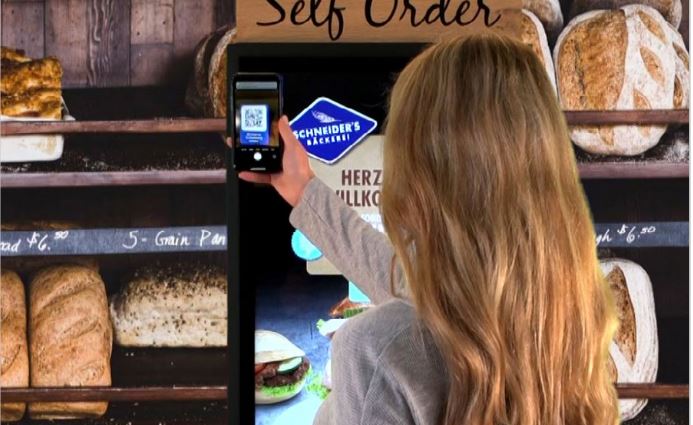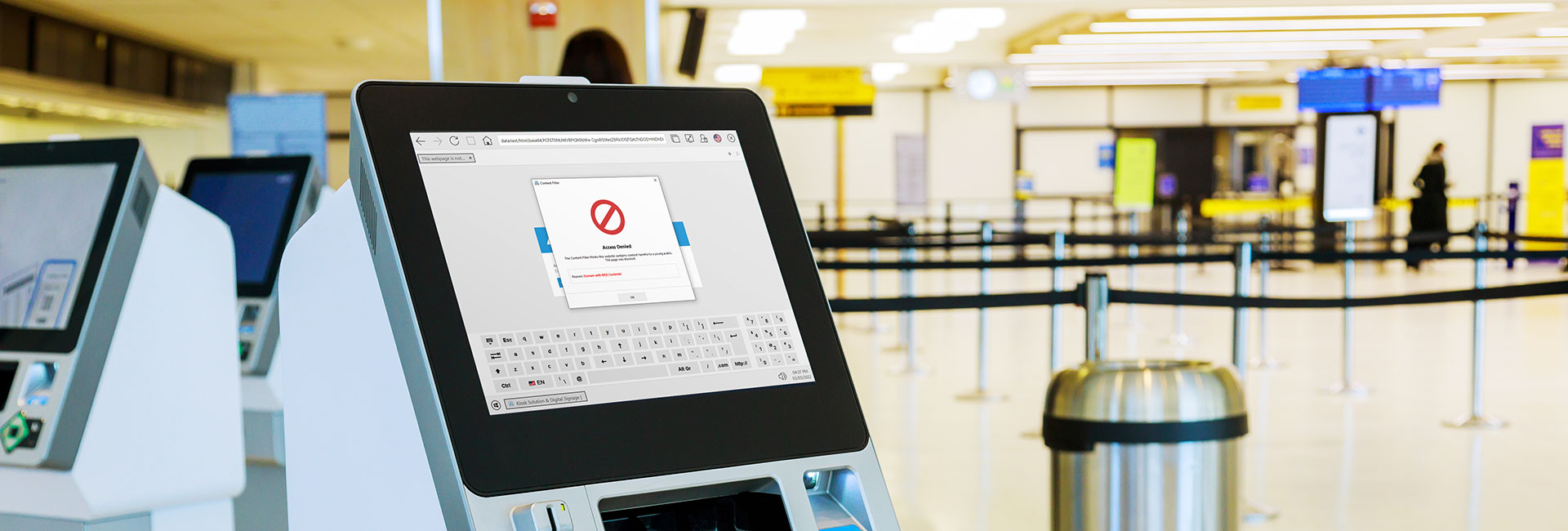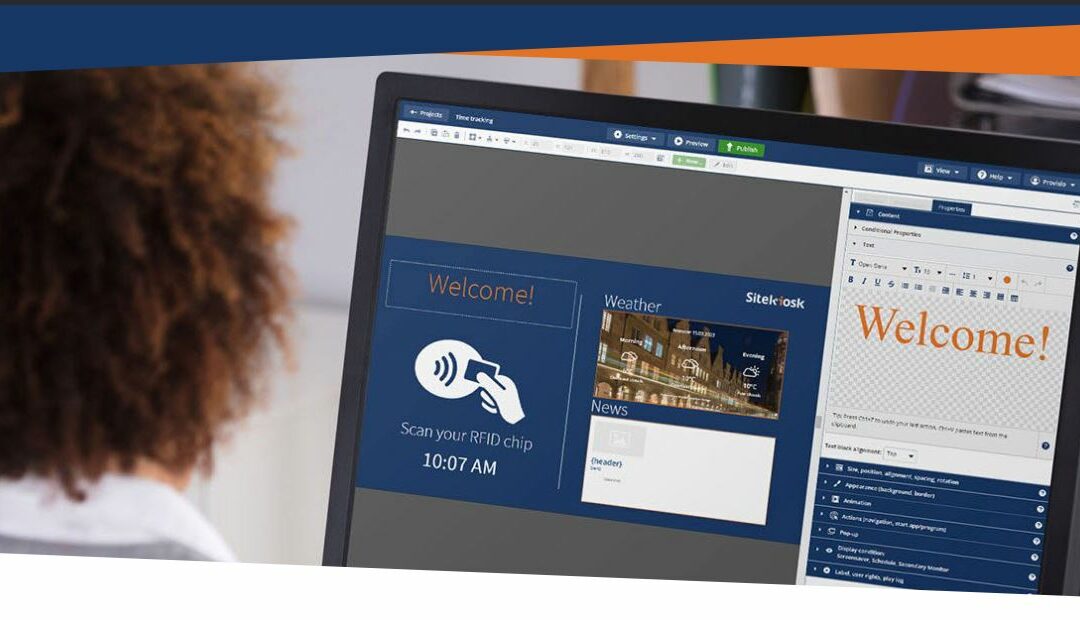In today’s world, kiosks have become an essential part of many businesses. They are interactive, efficient, and provide a user-friendly experience to customers. Kiosks can be used for a variety of purposes such as digital signage, information boards, and bulletin boards. However, designing a kiosk that provides an optimal user experience requires careful consideration of several factors. In this article, we’ll discuss some tips on how to design a kiosk that will provide the best user experience.
1. Choose the Right Software
The first step in designing a kiosk is choosing the right software. There are various software options available such as digital signage software, touchscreen software, interactive display software, information board software, and bulletin board software. Each software has its own unique features that can enhance the user experience. For instance, digital signage software can be used to display advertisements or informative content. Interactive display software can provide an immersive experience by enabling customers to interact with the kiosk. Choosing the right software is crucial for designing a kiosk that provides an optimal user experience. The free evaluation of the SiteKiosk Online software let’s you validate your kiosk concept before purchase and is geared toward providing the kiosk deployer and end user with the best experience possible.

2. Use Intuitive Interface
The user interface of a kiosk should be intuitive and easy to use. The interface should have a clear and concise design that allows users to navigate through the content easily. It should provide relevant information and options without overwhelming the user with unnecessary details. The use of clear icons, bold typography, and color-coded options can make the interface more intuitive and user-friendly.
3. Ensure Security
Security is an essential aspect of kiosk design. Kiosks should be designed with security features that protect users from cyber threats such as identity theft and phishing attacks. Secure kiosks should have anti-virus software and other security measures that prevent unauthorized access to the kiosk. SiteKiosk Online benefits from years of experience as a public kiosk software protecting against unwanted access. It is also essential to ensure that user data is encrypted and protected from potential data breaches. SiteKiosk Online does not store user data on the kiosk and ensure the user history is wiped after each session ends.

4. Optimize for Accessibility
Designing a kiosk for optimal user experience requires considering the accessibility of the kiosk. Kiosks should be designed to accommodate users of different ages, heights, and abilities. For example, kiosks can be designed with adjustable screens, adjustable height, and touchless options for users with disabilities. Optimizing kiosks for accessibility can enhance the user experience for all customers. Accessibility software is also a necessary when deploying a kiosk with ADA compliance in mind.
5. Use Custom Kiosk Design
Using a custom kiosk design can enhance the user experience by creating a unique look and feel for the kiosk. Custom kiosks can be designed to match the branding and aesthetic of the business. Custom designs can also create a more inviting and personalized experience for the user. SiteKiosk offers custom kiosk design solutions that can create a unique and memorable user experience.
6. Conduct User Testing
Each kiosk deployment is unique. Conducting user testing is crucial for designing a kiosk that provides an optimal user experience. User testing can help identify issues with the kiosk design and suggest improvements. Testing can also provide insights into user behavior and preferences. By conducting user testing, businesses can design kiosks that cater to their customers’ needs and preferences.
8. Incorporate interactive elements
Interactive elements such as touchscreens, buttons, and gesture recognition can greatly enhance the user experience of your kiosk. These features can make your kiosk more engaging and memorable for users, and can also help guide users through the kiosk experience. However, be mindful of the complexity of your interactive elements. Too many buttons or touchpoints can overwhelm users and make the experience more confusing than helpful.
Using digital signage software, touchscreen software, interactive display software, information board software, and bulletin board software can greatly enhance the design of your kiosk and improve the user experience. By incorporating these software solutions, you can create a kiosk that is both visually appealing and easy to use.
To wrap things up, designing a kiosk for optimal user experience requires careful consideration of the kiosk’s purpose, placement, aesthetics, functionality, accessibility, and interactivity. By prioritizing these elements, and incorporating the right software solutions, you can create a kiosk that not only meets your business needs but also provides a memorable and satisfying user experience for your customers.
To learn more about designing a kiosk for optimal user experience, visit SiteKiosk’s design tools for kiosks page. You can also explore our features and interactive displays pages to learn more about how SiteKiosk can help you create the perfect kiosk for your business.

